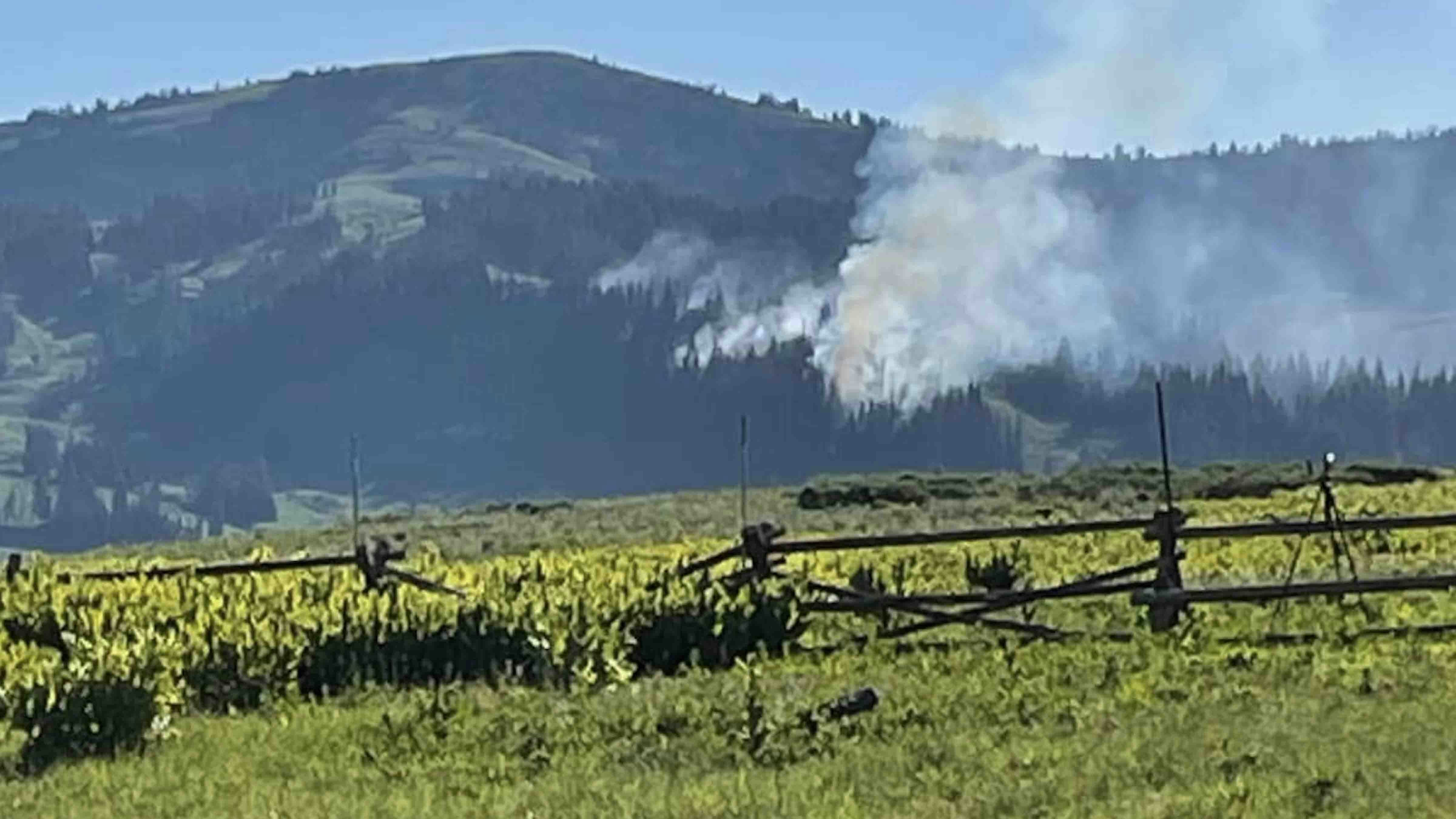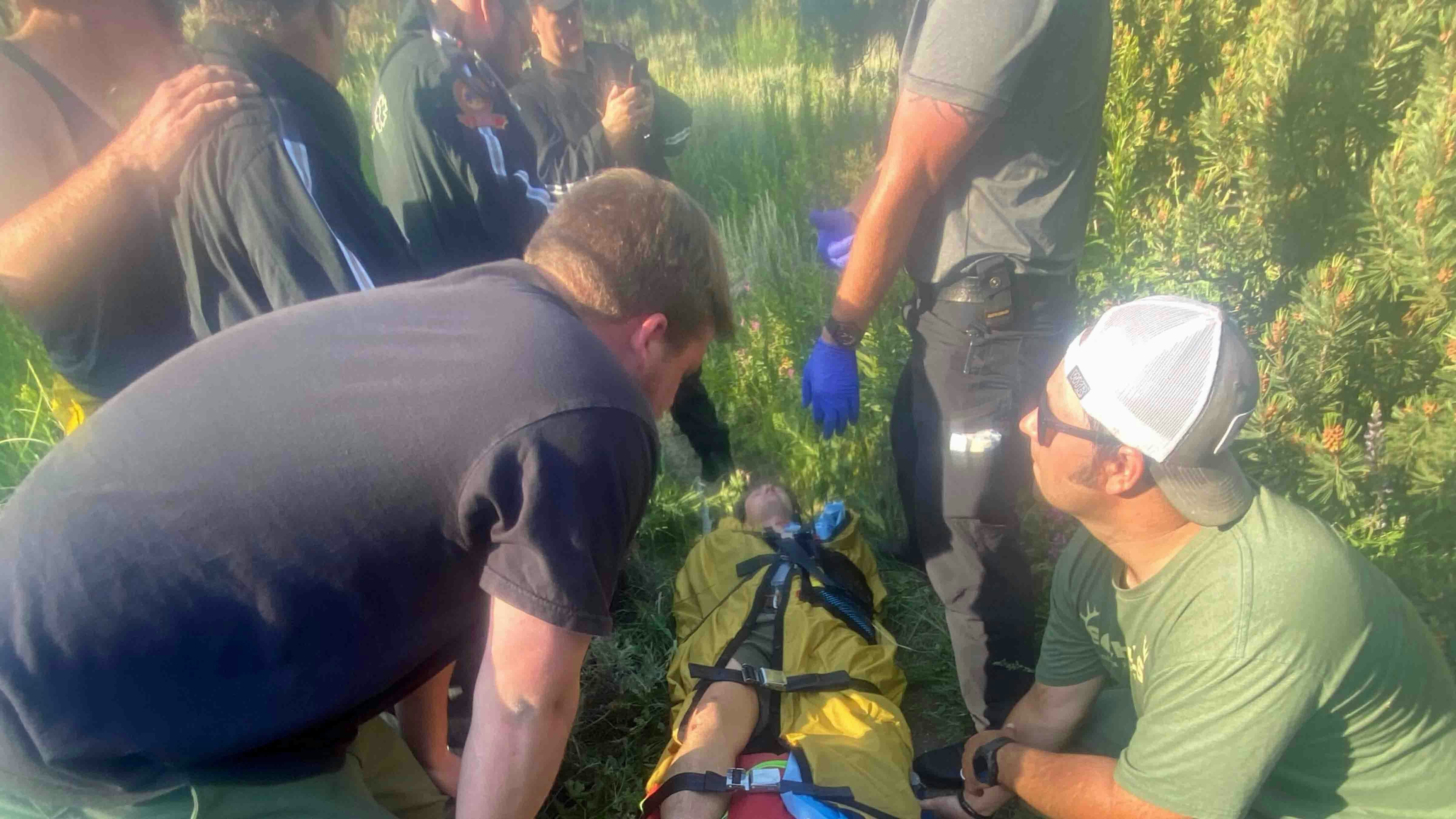There’s an “elevated risk of illness” at some popular recreation sites in Boysen State Park and on Boysen Reservoir in Fremont County because of E. coli contamination from an upriver wastewater discharge, the Wyoming Department of Environmental Quality reports.
However, the DEQ and Federal Environmental Protection Agency say that there doesn’t seem to be any broader threat to drinking water supplies in the area.
The DEQ conducted tests for E. coli contamination after roughly 210,000 gallons of treated wastewater was discharged May 31 from water treatment lagoons at Hudson into the Middle Fork Popo Agie River.
The agency was discouraging people from swimming in some recreation sites in Boysen State Park.
“The results indicate an elevated risk of illness for recreators engaging in immersion or immersion-like activities such as swimming or water play at the Lake Side Area. The Lake Side Area is located at the southern end of Boysen Reservoir near the U.S. Highway 26 bridge,” according to a Friday statement from DEQ.
“Elevated risk of illness for recreators was not detected further north in the reservoir at the Sandy Hills Campground, Fremont Bay Campground or Tough Creek Campground,” according to DEQ.
Hudson is a small town about halfway between Riverton and Lander in Fremont County, and roughly 50 miles upstream from Boysen Reservoir.
The reservoir and state park are popular for camping, swimming, fishing, boating and other activities.
No Report Required From Hudson
Cowboy State Daily this week filed a public records request for a Sanitary Sewer Overflow (SSO) form filed by the town of Hudson as a result of the discharge.
However, no such form was filed, DEQ Public Information Supervisor Kimberly Mazza stated in an email response to Cowboy State Daily.
“A Sanitary Sewer Overflow (SSO) is defined as a release of raw sewage that impacts a water of the United States as a result of partially or untreated sewage being released from a municipal sewage collection system prior to reaching a sewage treatment facility,” she sated.
There wasn’t raw sewage in the discharge at Hudson, Mazza wrote.
“The increased discharge that occurred from the Hudson wastewater treatment facility does not meet the criteria of an SSO because (1) the Hudson discharge was treated wastewater, not raw sewage and (2) the discharge occurred from Hudson’s permitted wastewater treatment facility, not the sewage collection system prior to reaching the treatment facility,” she stated. “Therefore, the town of Hudson is not required to submit an SSO form to DEQ for this event.”
EPA Says Drinking Water Is Safe
The Federal Environmental Protection Agency likewise determined that raw sewage wasn’t involved, agency spokeswoman Marisa Lubeck wrote in an email response to an information request from Cowboy State Daily.
“EPA reviewed the potential impacts to public water systems located downstream from this incident. There do not appear to be contamination concerns due to high water flows in the Popo Agie River and the locations of downstream groundwater wells,” Lubeck stated.
“It’s important to note that the released wastewater had been treated and was not raw sewage. The quality of the released water was similar to that which is normally discharged, but at a higher-than-normal volume,” she added.
Mark Heinz can be reached at mark@cowboystatedaily.com.





